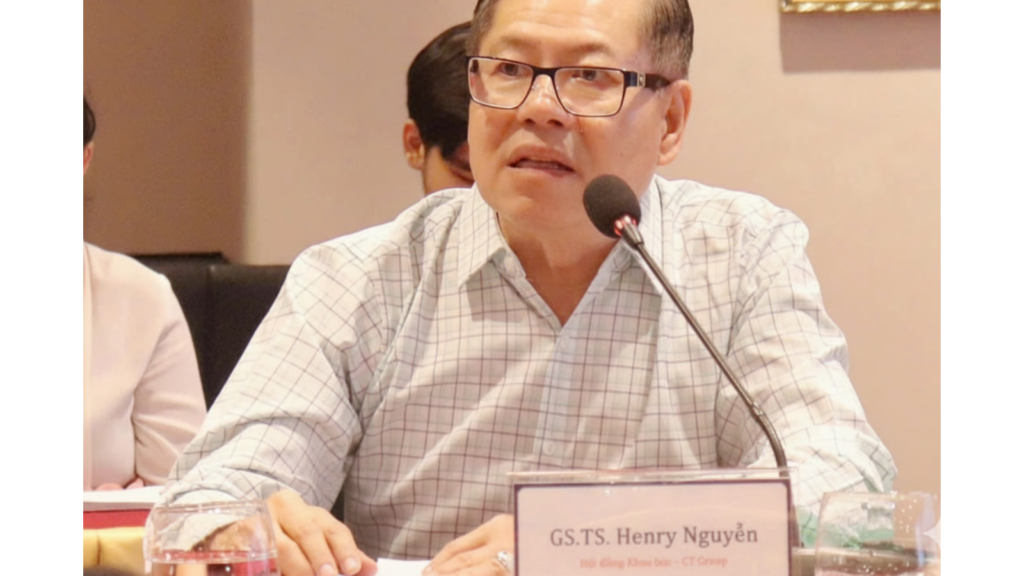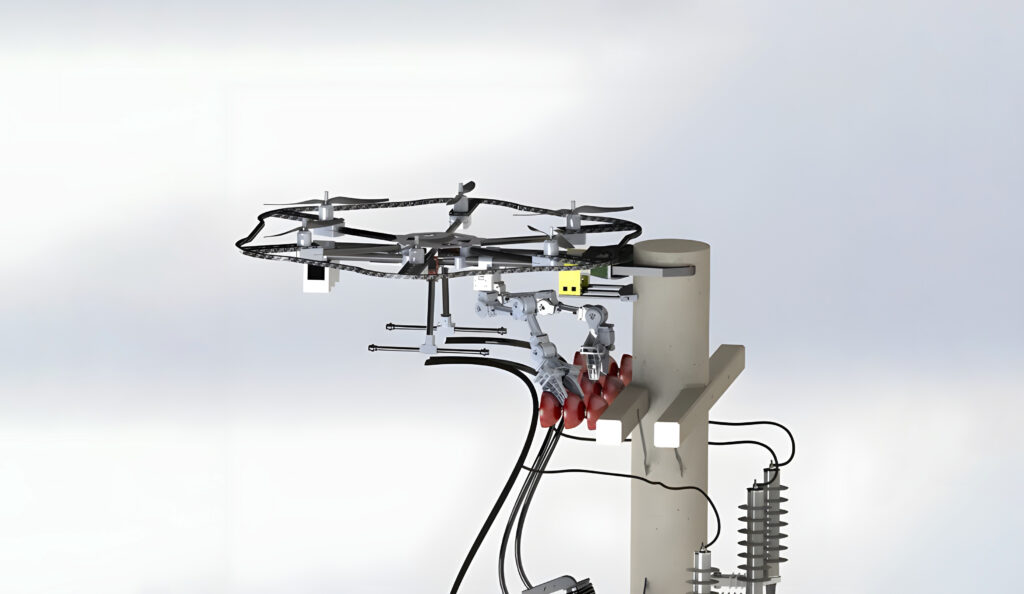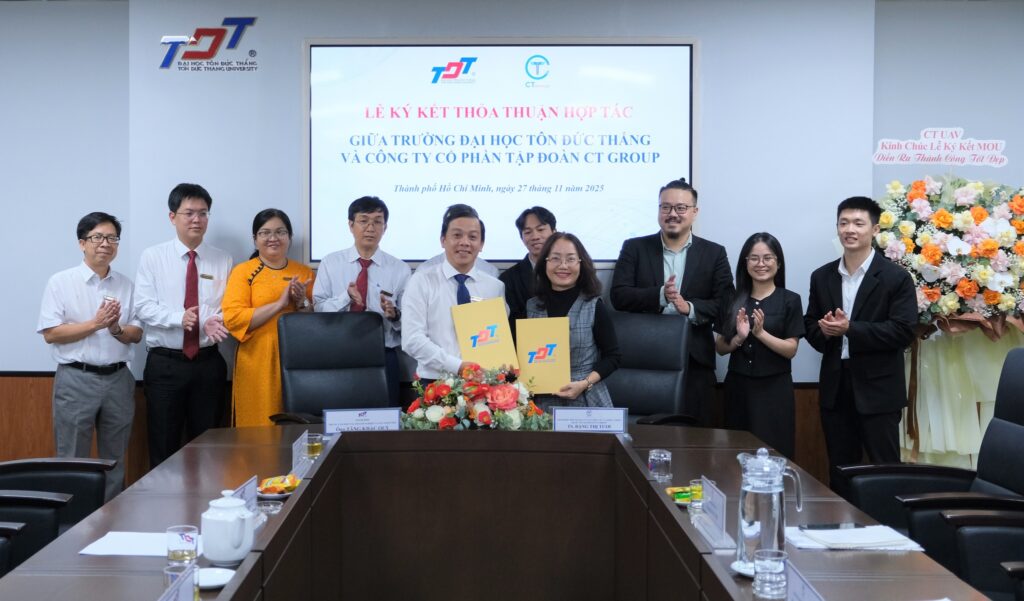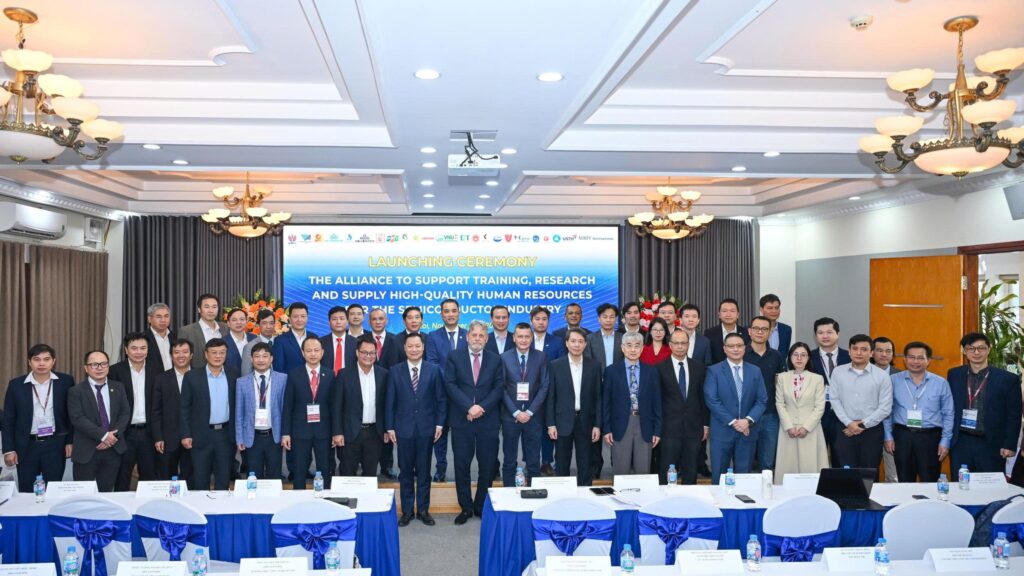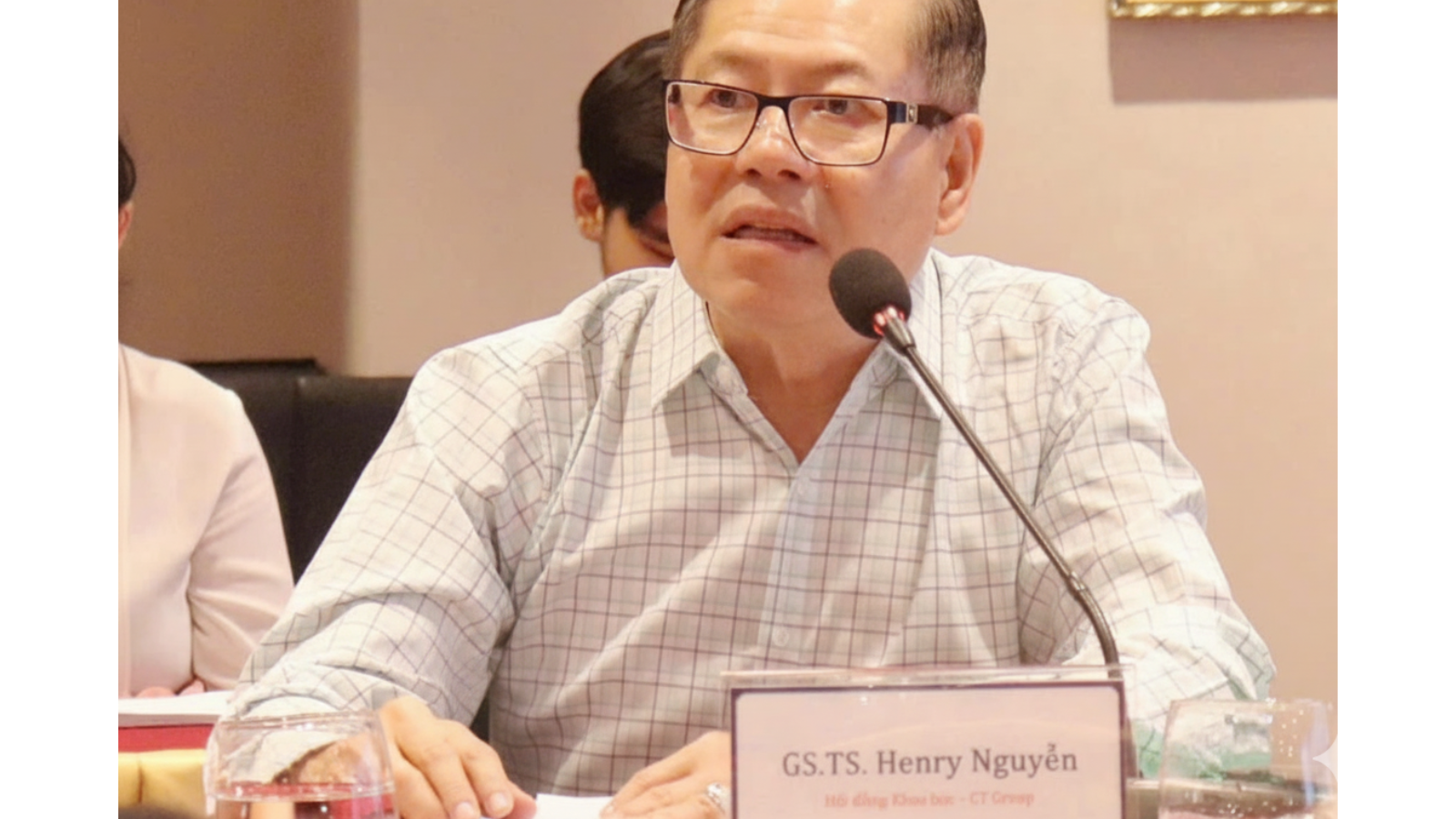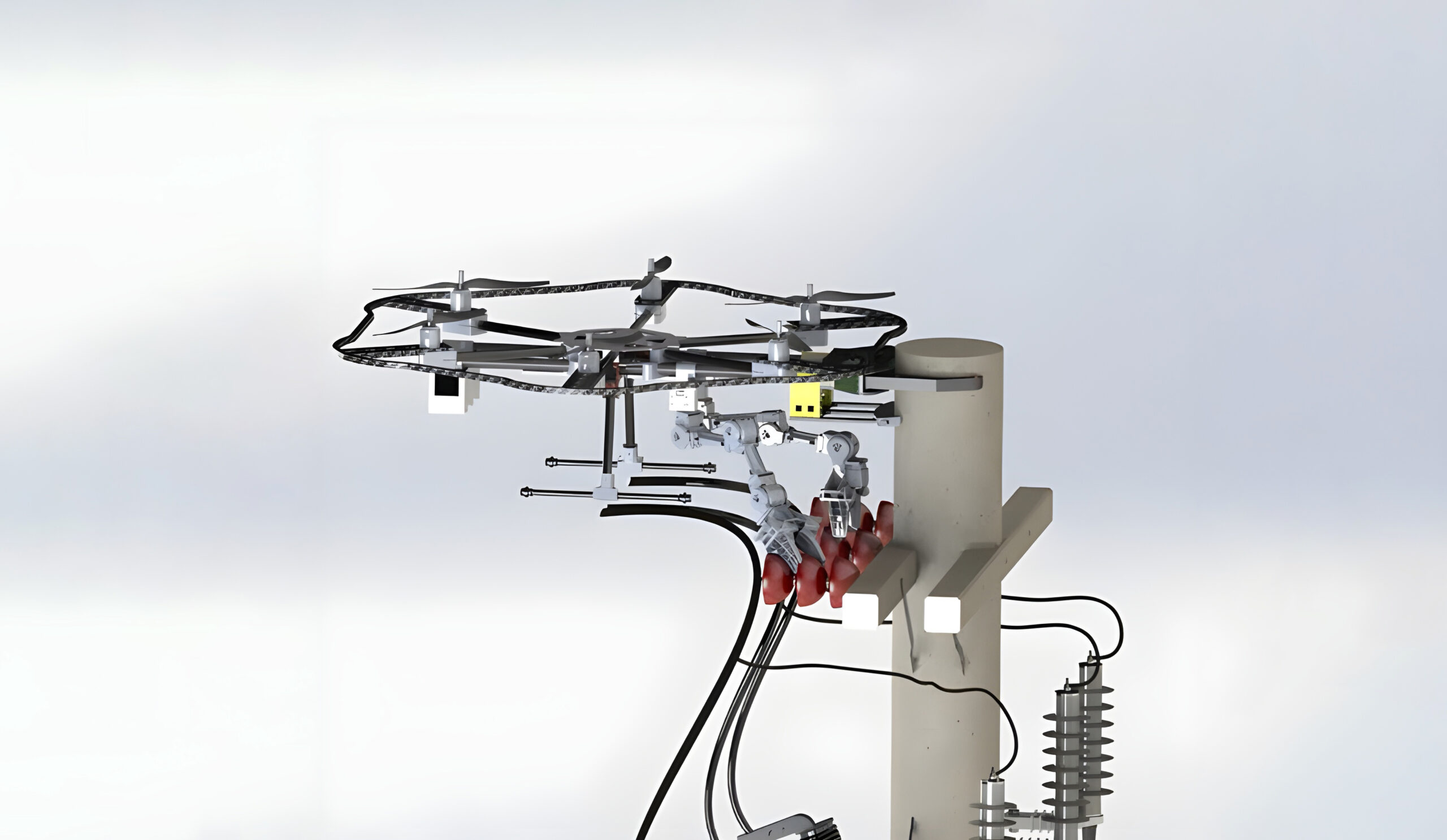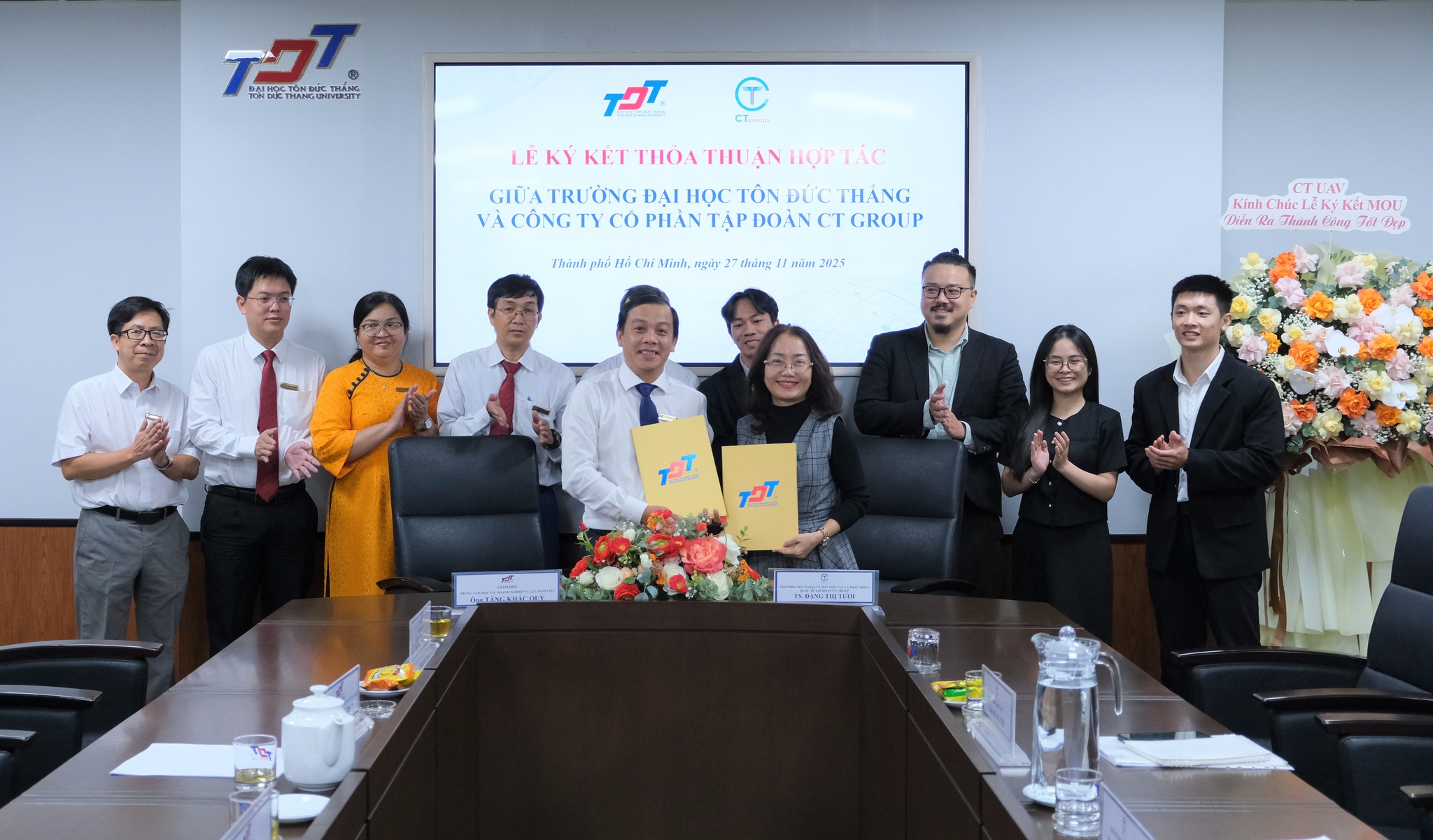From an uninhabitable land, Hsinchu Science Park has risen to become a global semiconductor powerhouse — home to industry giants like TSMC and UMC — transforming Taiwan into an irreplaceable link in the global technology supply chain.
Established in 1980, Hsinchu Science Park (HSP) was born out of Taiwan’s need to reshape its growth model. Once nicknamed ‘monga-bo’ – slang for ‘cemetery’ – this once desolate agricultural area has transformed into the heart of the global semiconductor supply chain.
Today, Hsinchu has undergone a remarkable transformation. It is now home to over 500 high-tech enterprises, employing more than 160,000 workers. Hsinchu Science Park has become a powerhouse for many of the world’s leading names in the semiconductor industry. These include TSMC—the world’s largest contract chipmaker with over 66% global market share; United Microelectronics Corporation (UMC)—a strategic rival to major global chipmakers; and MediaTek—the world’s top mobile chip design company. Their technologies power billions of devices and are integral to giants like Apple, Nvidia, and Qualcomm. It is no exaggeration to say that if the world runs on semiconductors, its heart beats in Hsinchu. Companies here don’t just manufacture chips—they drive innovation in chip design, packaging, and testing, while also expanding into AI, 5G, electric vehicles, biotechnology, and more recently, stem cell technologies.
Hsinchu’s technological ecosystem was no accident. It is the result of a carefully crafted long-term strategy, where top universities like National Tsing Hua University and National Chiao Tung University were strategically established near industrial zones to enable a seamless flow from education and research to application and commercialization.
However, the “Hsinchu miracle” would not have happened without visionary leaders such as Lin Kuang-hua—one of the key figures behind the rise of Hsinchu Science Park, often referred to as the “Silicon Valley of Asia” and the cradle of Taiwan’s semiconductor industry. As Magistrate of Hsinchu County (1997–2001) and later as Governor of Taiwan Province (2003–2006), he played a pivotal role in building a synchronized development environment—from transportation networks connecting Taipei and Hsinchu, to housing, schools, and hospitals—to attract and retain talent.
Beyond infrastructure, Lin spearheaded bold administrative reforms to ensure high-tech enterprises could operate swiftly and efficiently. Favorable tax policies and strong startup support helped cultivate an ecosystem where large corporations, startups, universities, and research institutes coexisted and reinforced one another. That is why, in less than two decades, what was once a mosquito-ridden backwater has become the birthplace of the world’s most sophisticated chips—powering everything from smartphones to fighter jets.
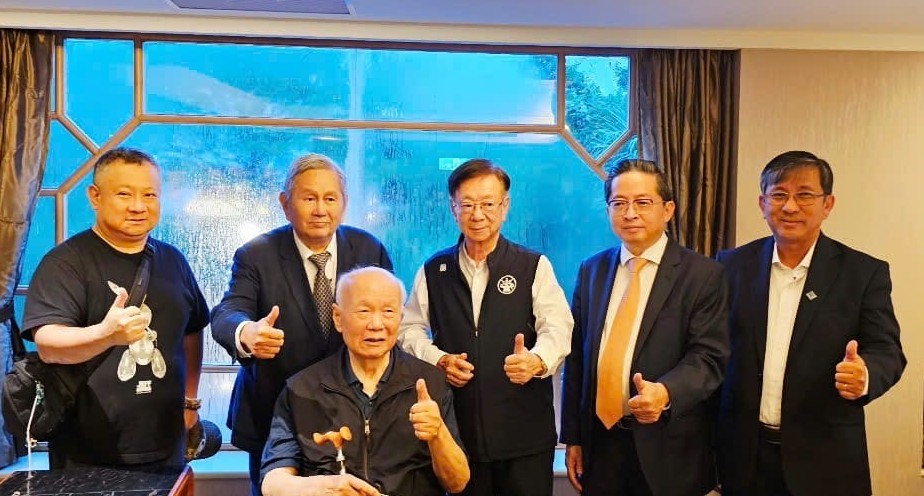
CT Group had the opportunity to meet with Mr. Lin Kuang-hua
In a spirit of learning from great minds, CT Group sought a meeting with Mr. Lin Kuang-hua to gain insights into the successful development of science parks — bridging the legacy of Taiwan’s technological rise with Vietnam’s ambitions in the high-tech sector. Demonstrating a strong commitment to learning and application, CT Group expressed its aspiration to replicate proven models like Hsinchu, with the goal of building a future “Vietnamese Hsinchu” — a hub for research, innovation, and high-tech manufacturing.
_______________________
Follow us on Facebook for the latest updates and news: CT Group Fanpage


